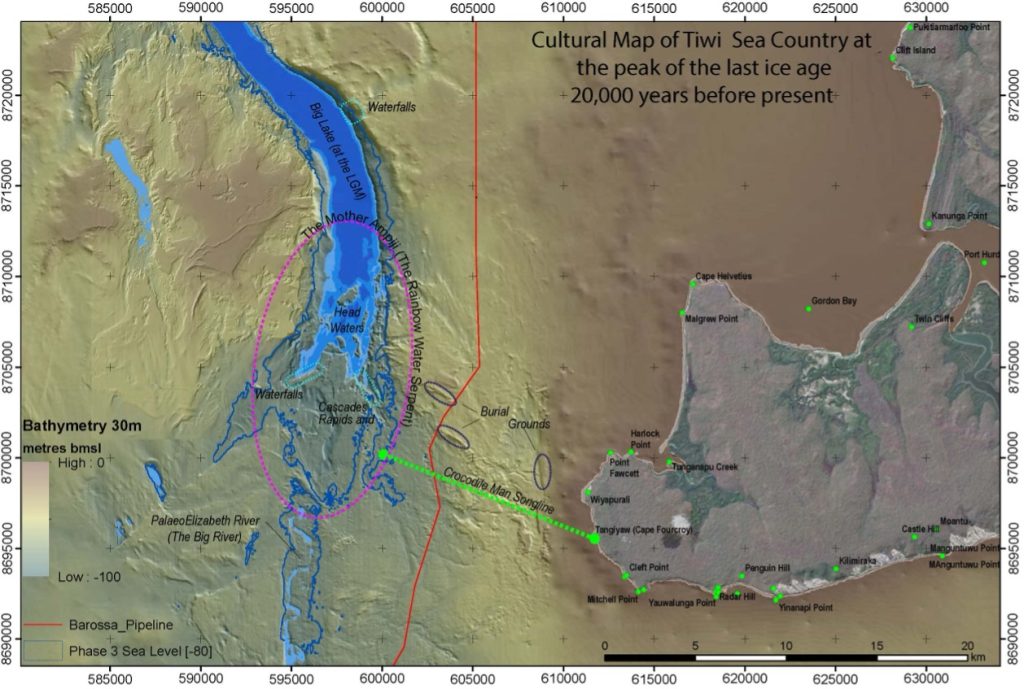Evidence Law and Climate Litigation in Australia
Emma Henderson, Rachel Killean, and Mehera San Roque

Litigation, already the favored ritual for affixing blame, now provides the means for interrogating science about events that science and technology themselves made unnatural.[1]
The varied and expanding nature of climate litigation is testing the boundaries of the rules of evidence across a range of dimensions, from understanding what evidence is relevant to a particular dispute to conceptions of what types of witnesses hold the relevant knowledge and expertise to be able to speak about the impacts of climate change. In this chapter we will consider whether current evidentiary rules and trial practices are able to satisfactorily respond or adapt to novel litigation claims about responsibility and liability for the negative impacts of a changing climate. We will start by considering the central role of ‘relevance’ in climate litigation, with a case study examining the concept of ‘provisional relevancy’. From relevance, the chapter moves on to the linked issue of expert evidence: when is expert evidence needed, and who is qualified to be an expert witness in climate litigation? The next section considers the issue of First Nations evidence in climate litigation, the issues of who is qualified to give such evidence and what weight that evidence can be given in the trial.
KEY QUESTIONS
As you move through the chapter, keep these questions in mind:
- Who gets to speak about the impact of climate change in courts, and who is involved in making those decisions?
- How do the existing rules of evidence admissibility shape the narratives that are told about climate change in courts?
Chapter Outline
- Sheila Jasanoff, Science at the Bar: Law, Science, and Technology in America (Harvard University Press, 1995) 117. ↵

